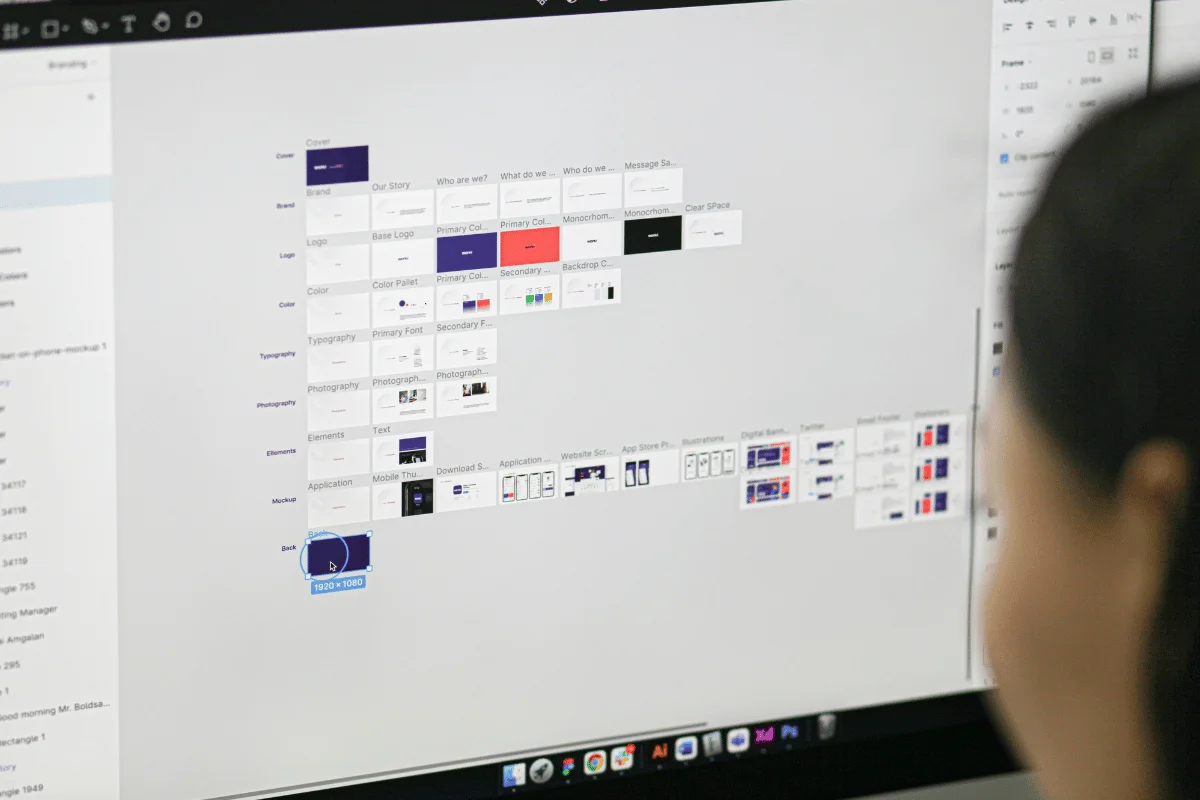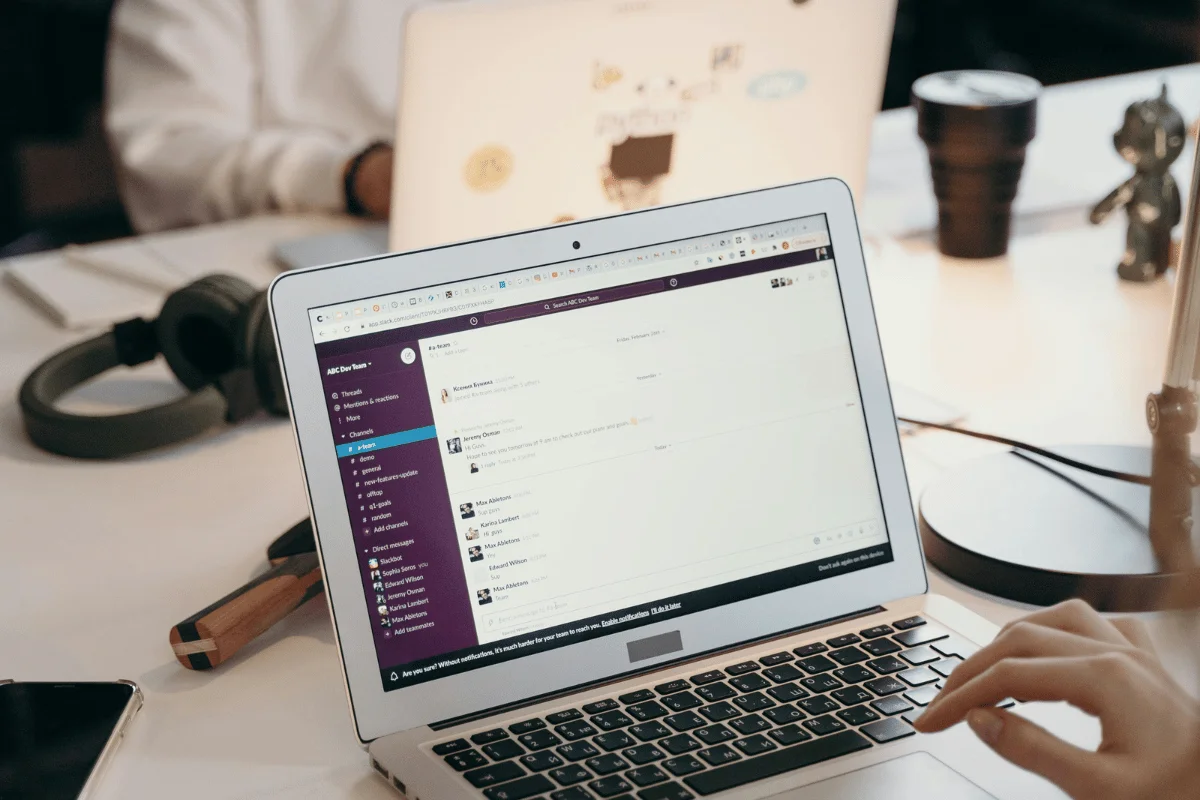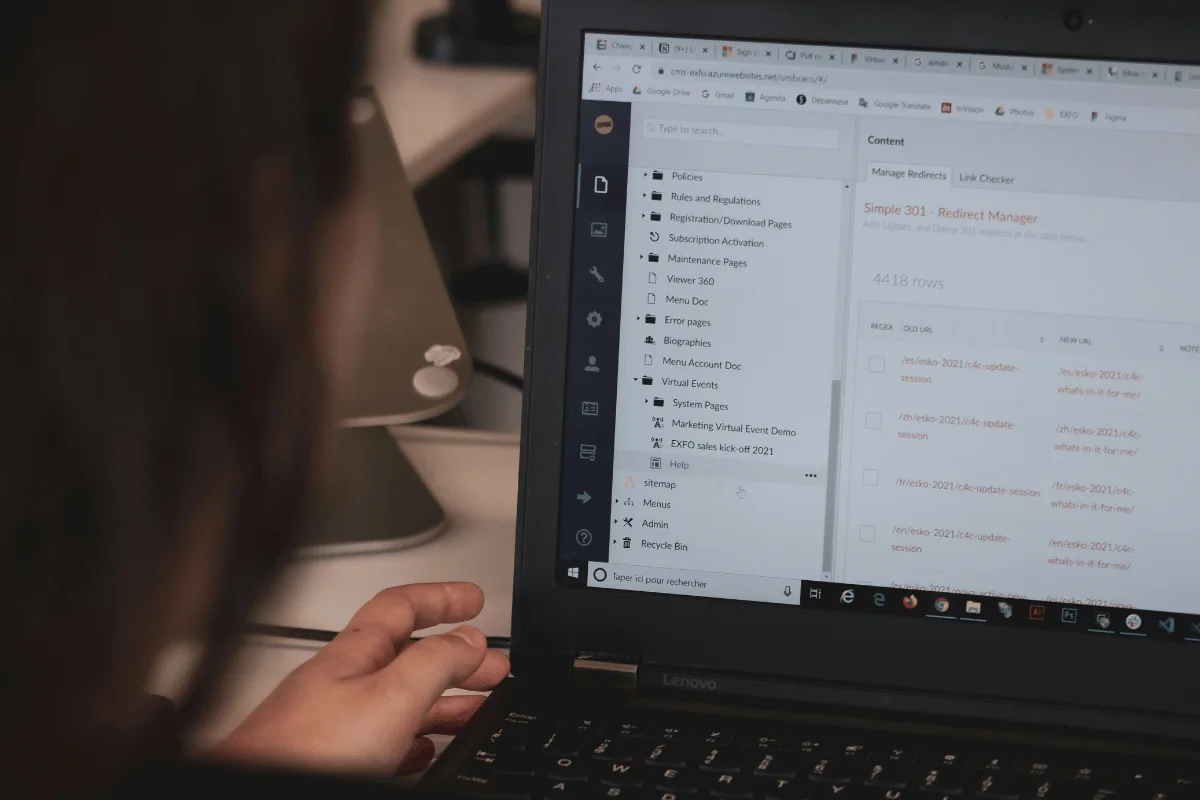Have you changed your executive assistant tools, hoping to find one that meets your needs? Often, the issue is with your workflows, not the EA tools.
A skilled executive assistant can help you streamline your workflows to resolve scheduling bottlenecks and reclaim up to 15 hours of your time each week.
This guide explains why you should never allow EA tools to dictate your workflow; instead, they should complement it.
TL;DR – Best Executive Assistant Tools
As a busy CEO, business owner, or founder, your productivity begins with hiring an exceptional executive assistant who serves as your extension. Next, streamline your workflows so that even a recently hired assistant can quickly learn how to meet your support needs.
It is only then that you could consider integrating executive assistant tools to reduce repetitive tasks:
- Calendar management tools
- Task management tools
- Communication tools
- Document management tools
- Travel management tools
- Honorable mentions
Executive assistant tools are only as effective as the EAs using them.
At ProAssisting, we help principals hire remote executive assistants with 5+ years of experience providing high-level support. Also, we encourage our ProAssistants to learn the tools you are already using and become experts, so principals don’t lose time adapting to new software.
Take the first step. Schedule a one-on-one consultation to discuss your EA support needs.

The Purpose of Tools in Executive Assistant Success
Your aim for introducing executive assistant tools should never be to replace human resources but rather to streamline your workflows. A good executive assistant leverages EA tools to meet their principal’s needs better:
- Effective Project Management: Tools with project management features help EAs plan, track, prioritize, and manage tasks, ensuring they are completed within the set timeline.
- Seamless Scheduling: This involves using EA tools to set reminders for important meetings, manage multiple time zones, and address the principal’s scheduling bottlenecks.
- Support Creative Tasks: Creative tools like Canva help you prepare presentations, such as posters, business cards, and banners, quickly while maintaining a professional touch.
- Effective Communication: EA tools facilitate communication with the principal, ensuring faster responses, particularly for time-critical tasks. Also, they boost collaboration between remote executive assistants and the in-office team.
- Proper File Management: EAs can use file management tools to organize documents for quick retrieval and ensure their principals can access them remotely. Additionally, they can utilize the tools to manage access to confidential information, including the executive’s personal and family records.
- Accurate Expense Tracking: EAs can utilize accounting tools to minimize human error and increase transparency when tracking and reporting office expenditures.

What to Look for in Modern Executive Assistant Tools
Realistically, a great EA doesn’t need an entire workspace suite to perform their roles. If any, the EA should learn the tools you are already using and only suggest solutions that may solve frustrations with the current systems.
In such cases, the executive assistant tools you pick should complement your workflows:
- Ubiquitous: The EA tools should be accessible anytime, anywhere, and support multi-device synchronization. This allows the principal, EA, and in-office team to manage schedules, communications, and tasks on the go.
- Delegate Access: The tool should enable the principal to grant and control access to the system for your EA. Additionally, you should control who, how, and when people access sensitive information, ensuring it remains private while still facilitating efficient collaboration.
- Workflow Automation: Prioritize EA tools that automate repetitive tasks, such as scheduling follow-ups and sending reminders. This reduces your EA’s administrative responsibilities, allowing them to focus on tasks that drive strategic impact for the executive.
- Customizable Dashboards: Select tools that enable you to personalize the dashboard to align with your operations or adjust focus according to changing demands. For example, the tool should provide a quick, at-a-glance overview of key priorities, tasks, and deadlines, so nothing gets lost in the noise.
- Document and Report Building: EAs spend a lot of time drafting emails, preparing meeting briefs, and generating reports. AI-powered EA tools save time by automating formatting or pulling data from various integrated platforms to generate real-time reports.

Executive Assistant Tools Great EAs Use Quietly
As earlier stated, your EA should use the tools you are already comfortable with, rather than introducing new ones. Otherwise, you might get trapped in the cycle of trying new tools each week, as each vendor claims their software ‘does it better.’
That said, here are some effective tools that EAs often use to complement their workflows.
Task Management Tools
These tools provide visibility into ongoing projects, making it easy to track pending, ongoing, and completed tasks.
Great EAs leverage task management tools to stay on top of their work, ensuring they do not miss critical details or keep tasks pending past deadlines.
Additionally, remote executive assistance could use these tools to facilitate collaboration on tasks with in-office teams or their principals.
Popular task management tools include:
- Asana/Trello/ClickUp
- Microsoft To Do
- Notion

Communication Tools
Exceptional EAs utilize the communication channels established by their executives to streamline information flow within the team and with external stakeholders, such as clients, vendors, and regulatory agencies.
The best tools integrate various communication channels, including email, messaging, and video conferencing, to facilitate seamless collaboration. The tools should also keep records of communication between any two parties, which you can retrieve in the future.
The following communication tools can complement your workflows:
- Slack/Microsoft Teams
- Zoom/Google Meet
- SaneBox and Clean Email for email management
Document Management Tools
These tools help EAs create a centralized information hub where principals or other in-office staff can quickly retrieve the files they need.
The best tools should have cloud access, allowing your EA to back up all essential documents, such as contracts, reports, and meeting notes.
Consider the following document management tools:
- Google Drive/Dropbox
- Adobe Acrobat
- DocuSign

Calendar Management Tools
Calendar tools help schedule or reschedule meetings without disrupting the principal’s performance. On hectic days, EAs can use the tools to set reminders about upcoming meetings or to follow up with their executive.
Popular calendar management tools include:
- Microsoft Outlook Calendar
- Google Calendar
- Calendly
Travel Management Tools
Once an EA learns their principal’s travel preferences, they can leverage these tools to simplify booking and provide high-touch hospitality for the executive and their guests. For example, the EA may integrate the principal’s preferred airline, hotel, and airport transfer company into the system, allowing them to track travel logistics simultaneously. Additionally, some tools have a built-in accounting feature, which helps the EA track expenses and keep receipts.
Some travel management tools to consider include:
- Expedia
- TripIt
- Uber for Business
Honorable Mentions
These are tools that do not fall into the categories outlined above but help EAs a great deal to streamline workflows further:
- Email Filters: They help manage high-volume inboxes by organizing messages based on urgency, project category, or the sender/recipient.
- Zappier: Helps integrate several EA tools for cross-platform information flow. For example, you could incorporate a calendar into your emails to streamline scheduling.
- Canva: provides customizable templates for creating presentations, reports, or graphics to be posted on the executive’s social media profiles.

Why Top Executive Assistants Focus on Flexibility
While it is undeniable that EA tools help streamline processes and tasks, the true strength of an executive assistant lies in the ability to adapt to their principal’s needs. Some reasons include:
- EA Tools Evolve Quickly: Every few years, a tech company releases a new tool, which they label as a game-changer. However, the software quickly fades away after people realize it does not offer anything unique from the current ones. However, top EAs know that their skills and performance are not tied to a single tool, and can quickly adapt to new technology.
- Be Prepared: Great EAs understand that they may need to learn new tools whenever they start working for a different executive. As such, the focus is on building workflows that work even when the tool changes.
- Executive Assistants Are Utility Players: Exceptional EAs focus on growing their ability to wear multiple hats related to the five performance multipliers: business partner, chief of staff, scheduler, project manager, and personal assistant. This means they may be project managers one day and personal assistants the next, so they can not tie their utility to specific tools.
- Tools Lack EA Superpowers: Great EAs appreciate how flexibility empowers them to leverage their executive assistant superpowers to better meet their executives’ needs. For example, an exceptional EA understands their executive’s productivity cycles, so they can use their synchronization superpower to schedule high-impact meetings when the principal is alert and energized.
Curious to learn more about why executives should lean more on developing their EAs’ flexibility than relying on tools?
Ethan and Stephanie Bull outline how flexibility empowers EAs to provide high-level support to their executives and multiply their performance in their book “The 29-Hour Workday.”

How to Strengthen Workflows Instead of Chasing Tools
EA tools can only do so much to help an executive reclaim their time. But if you are looking to accomplish up to 29 hours of work within a day, you need to involve your executive assistant and streamline your workflows:
- Have an Elaborate Process: Seamless workflows are founded on having detailed processes that eliminate guesswork and ensure nothing is overlooked. As such, have clear SOPs for all recurrent tasks, so even recently onboarded EAs know what to do.
- Build Flexibility: The principal’s priorities could change at a moment’s notice, or unforeseen circumstances could disrupt their schedule. As such, executives and their assistants should focus on designing workflows that can absorb shocks and support the principal in adapting quickly.
- Create Templates: Prepare customizable templates for repetitive administrative tasks such as email communication, travel planning, and meeting briefs. This helps standardize your workflows and ensures EAs can support executives even when the tools are unavailable.
- Streamline Communication: Establish clear communication channels to facilitate two-way information flow between the executive and EA. Additionally, establish clear guidelines for handling urgent messages that require prompt approval to minimize delays and bottlenecks.
- Review Your Workflows Regularly: Document inefficiencies and pain points within the workflows and find ways to address them. For example, you could eliminate unnecessary approval steps for routine tasks, such as email correspondence and calendar management, so that your EA becomes the primary scheduler.

Frequently Asked Questions (FAQs)
Still have questions? This section answers commonly asked questions about executive assistant tools.
What Tools Are Overrated for Executive Assistants?
There are no specific tools that we’d write off as being overrated for EAs. However, some tools can be an overkill for an EA’s workflow:
- All-in-one productivity suites can require a steep learning curve and extensive customization.
- Advanced project management tools are unnecessary for EAs who only need software to track tasks.
- Fancy scheduling apps with flashy features often result in extra admin work for EAs and could be easily replaced by Google Calendar, Outlook, or Calendly.
Do Remote Executive Assistants Use Different Tools Than In-House EAs?
No. Most remote executive assistants use the same tools as in-house EAs. The emergence of SaaS tools has facilitated principals in providing their remote executive assistants with access to the same systems used in the office.
Is It Better to Use One Tool Stack Across All Clients or Adapt Per Executive?
This varies from one executive assistant to another. However, at ProAssisting, we encourage our EAs to adapt quickly to the tools their principals use and become experts in them. The only exception is if the principals request feedback about the tools; in this case, our ProAssistants may suggest using tools that could enhance efficiency.
How Much Should Companies Budget for EA Software?
There is no one-size-fits-all budget for EA software. The software you choose, along with its features, significantly influences the cost. Also, some vendors price their EA software based on usage (number of seats), while others charge a flat rate. However, most companies tend to keep the EA software costs at $50 per month.
Conclusion
Streamlining your workflows lays the best foundation for your executive assistant to anticipate your support needs, while still maintaining flexibility to adapt to changing priorities. With a skilled EA, every tool will feel like the right one to use.
If you’re struggling to reclaim your time even with an assistant, consider partnering with ProAssisting.
We train our ProAssistants on how to work with their principals to create workflows that perform efficiently, independent of the EA tools you use.
Schedule a one-on-one consultation with our co-founder, Ethan Bull, to discuss how our ProAssistants can streamline your workflows!

